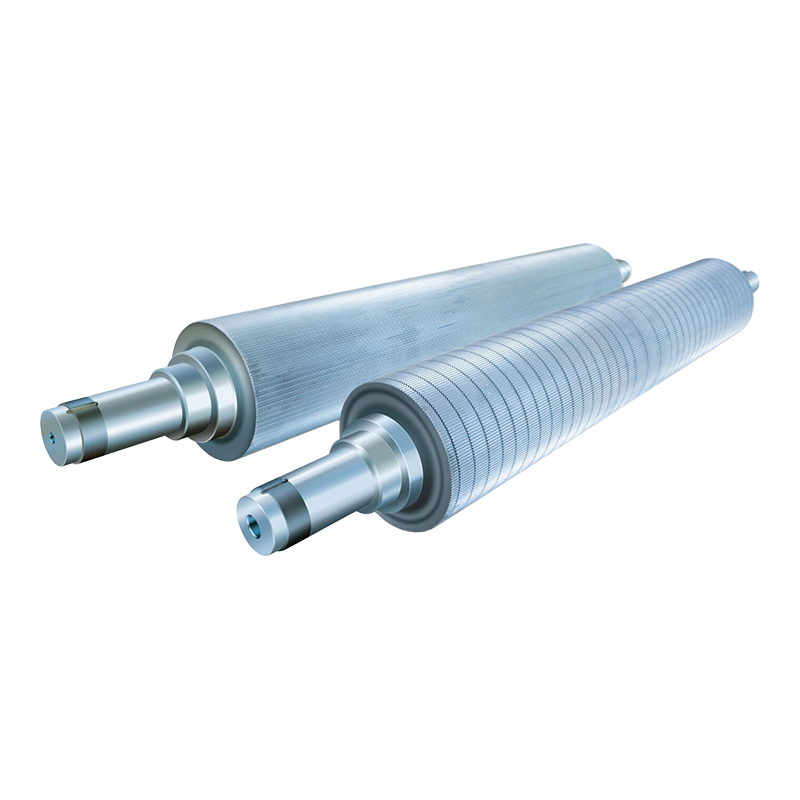
Tungsten carbide corrugating rollers are widely used in the paper and packaging industry due to their durability, hardness, and resistance to wear. These rollers play a crucial role in shaping and corrugating paperboard, helping to maintain product quality and production efficiency. However, like all industrial equipment, tungsten carbide rollers can experience issues that affect performance and longevity.
Surface Wear and Damage
One of the frequent issues with tungsten carbide corrugating rollers is surface wear. Despite the hardness of tungsten carbide, continuous use under high pressure can cause to gradual erosion of the roller surface. Abrasive materials in the paper or improper handling during operation can accelerate this wear. Surface damage can result in uneven corrugation, reduced paperboard quality, and increased scrap rates. Regular inspection and proper maintenance can minimize the impact of wear and extend roller life.
Chipping and Cracking
Chipping or cracking is another concern for tungsten carbide rollers. Although the material is hard, it can be brittle under certain conditions. Sudden impacts, improper installation, or excessive load can cause small chips or cracks on the roller surface. Even minor damage can cause to uneven corrugation patterns and eventually worsen over time. Operators should handle rollers carefully, avoid sudden shocks, and ensure proper alignment during installation to reduce the risk of cracking.
Misalignment and Vibration
Misalignment of corrugating rollers can create uneven pressure distribution, resulting in poor corrugation quality. Vibrations during operation may also occur due to improper balancing or bearing issues. Both misalignment and vibration can accelerate wear and stress on the tungsten carbide surface. Regular alignment checks and monitoring of roller balance are essential practices for maintaining smooth operation and preventing premature failures.
Corrosion and Contamination
While tungsten carbide itself is highly resistant to corrosion, the roller assembly may include metal shafts or components that are vulnerable. Exposure to moisture, chemicals, or debris can cause rust or contamination, affecting the overall performance of the roller. Clean working environments, protective coatings, and proper storage help prevent corrosion and ensure that the tungsten carbide corrugating roller maintains its functional integrity.
Maintenance Challenges
Maintaining tungsten carbide rollers can be challenging due to their hardness and precision requirements. Surface grinding, polishing, or repair must be done carefully by trained personnel using appropriate equipment. Neglecting routine maintenance can cause to compounding issues, including uneven wear, surface defects, and reduced roller life. Partnering with experienced service providers or following manufacturer guidelines ensures that maintenance is effective and does not compromise the roller's performance.
Tungsten carbide corrugating rollers are highly durable and efficient tools, but they are not immune to issues. Common problems include surface wear, chipping, cracking, misalignment, vibration, and potential corrosion. Proper handling, regular inspection, alignment checks, and maintenance are essential to prevent these issues and maintain consistent production quality.
Understanding these common challenges allows operators to take proactive measures, extending the service life of tungsten carbide corrugating rollers and ensuring reliable operation in demanding industrial environments.

 English
English  Español
Español  Português
Português  عربى
عربى 




